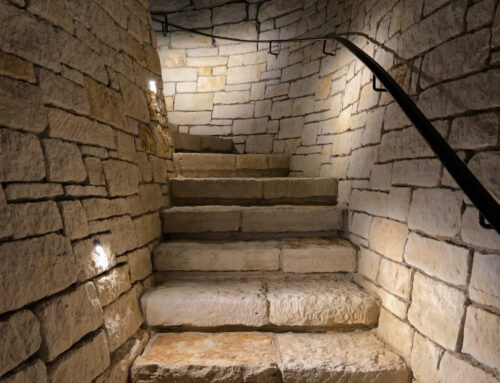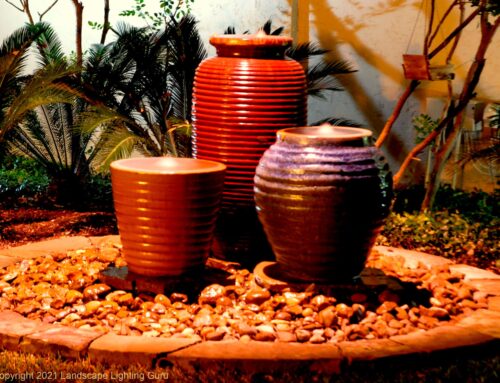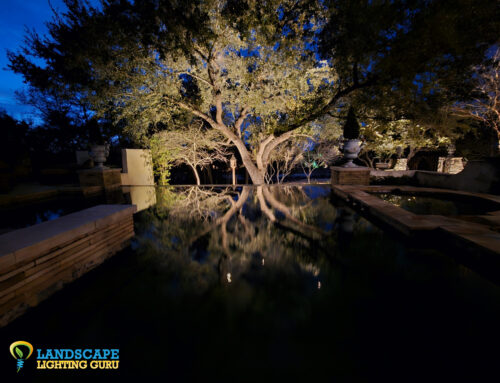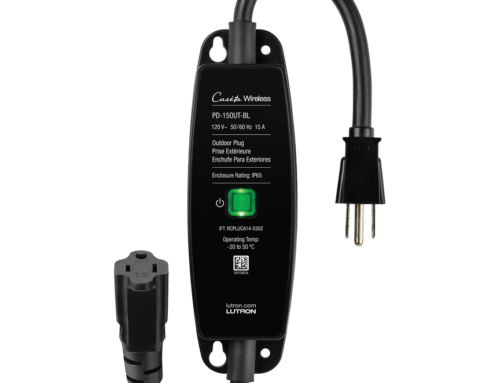
Are all LED’s the same? How to pick a quality LED lamp.

One of the first things to look for when looking for a well-made lamp is the warranty. It is important to check the fine print and look at how long the lamps are guaranteed to work and in what environment. Some lamps are designed for dry locations, others for damp locations, and some are designed to be submerged in water for short periods of time. All landscape lighting lamps should be either damp location or wet location lamps. In addition, some LED lamps are designed with vent holes or slits to allow heat to escape. This seems like it makes sense until you introduce it to the damp environment or an environment with bugs. I can’t tell you how many times I’ve pulled out the lamps from Amazon or EBay out of fixtures that are full of bugs and have now corroded the fixtures and the sockets beyond being saved.
A huge part of determining a LED’s quality is how the bulb manages heat. LEDs give off less heat than your typical light, but they create heat all the same. In order to live up to their potential, they must effectively pull heat away from the LED. Quality LED lights use metal heat sinks with fins to pull away and store the heat while cheaply made LEDs may use fans or plastic heat sinks to try and do the same but will likely fail, lowering your light’s life expectancy. In addition the very best will automatically dim the output when they reach the upper limits of their heat capacity. This rarely happens, but during a few of our 90 degree evenings in South and Central Texas it certainly can happen.
LEDs are capable of producing colors on all ends of the spectrum. While light color is up to your personal preference, it’s important that all of your LED lights are consistent in color. Quality LED lights of the same color temperature will all look consistent in color when installed. Lower quality LED lights will be inconsistent in color, even if they are marketed as the same color temperature. The less expensive the lamp the more variation you will find. This is especially important when lighting the façade of a home or feature lighting art and sculpture.
The construction of the LED lights is also important. Design, look, feel and weight should be checked at time of choosing LED
Want more information about how to spot quality LED lamps? This consumer fact sheet has a lot of great details on what to look for.
A wide variety of color temperatures, lamps, and integrated products are available as options. If you would like help determining what is right for your home, give us a call for a free consultation. The Guru can give you recommendations based on what will work best for you and your property.





